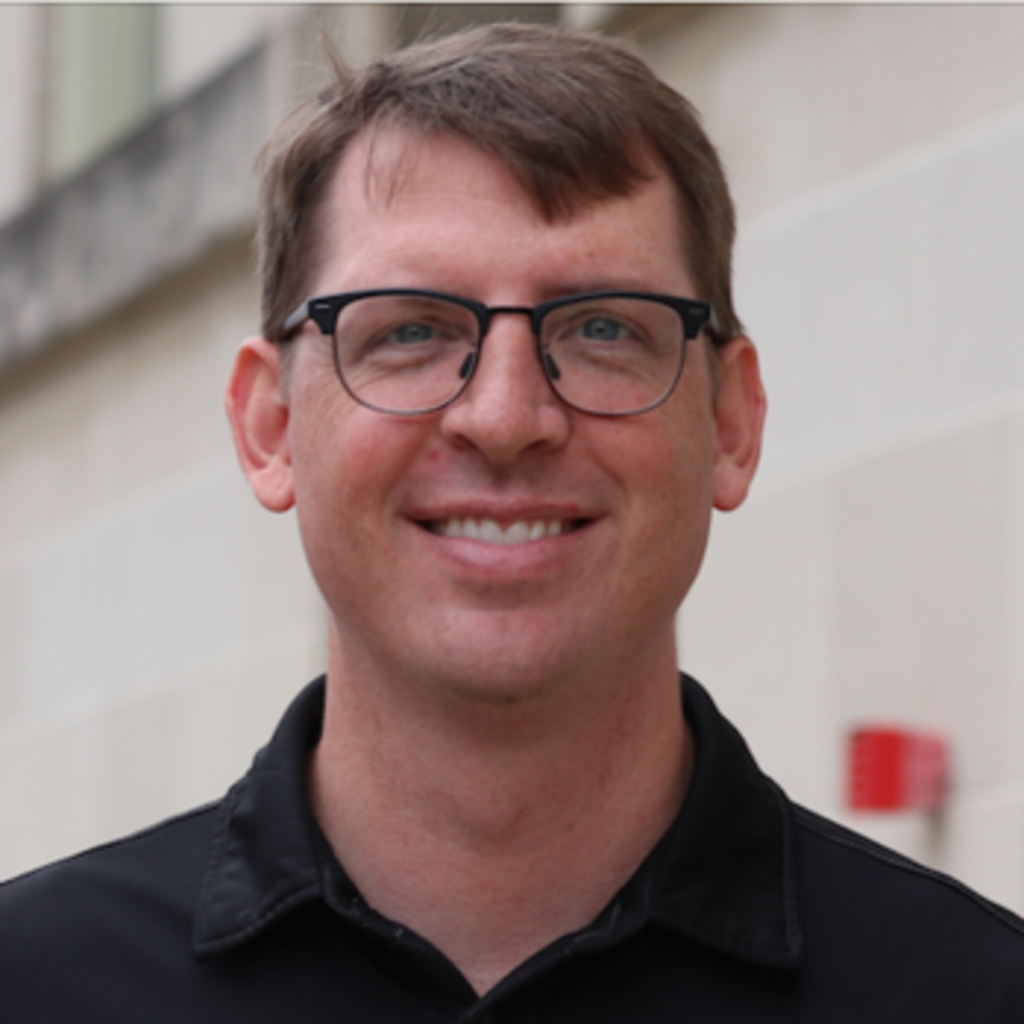Main navigation
Areas of faculty research
Scientific discovery aimed at improving healthcare, through interdisciplinary research and education, is an important goal of the faculty in the Roy J. Carver Department of Biomedical Engineering. In collaboration with faculty across campus, the faculty are currently researching a diverse range of topics within the field. Click a link below to explore the work being done in that area:
Biomaterials
The Biomaterials field encompasses a broad spectrum of topics that include the use of natural and synthetic materials for the development of nanoparticles for drug delivery and gene editing, orthopedic implants, surgical materials like bone cement, microfluidic devices, and engineered tissue for disease modeling and therapeutic use. At Iowa, biomaterials research is aimed at understanding and treating a variety of diseases and conditions such as chronic wounds, arthritis, blindness, diabetes, and pulmonary disease.
Biomaterials faculty
Biomedical Imaging
Research in biomedical imaging includes quantitative medical imaging; derivation of indices of cardiovascular health from multi-dimensional ultrasound images; quantitative modeling of physiological systems, heat regulation in infants, cardiovascular effects of anesthesia, pulmonary image analysis, cardio-vascular imaging, and three-dimensional medical imaging. Nanoparticles are being developed as targeted contrast agents which also involves quantitative image analysis and rendering strategies. These nanoparticles are designs for simultaneous/sequential use in MRI, CT and ultrasound echography.
Biomedical imaging faculty
Cardiovascular Biomechanics
Research in fluid cardiovascular biomechanics includes the examination of blood vessel reactivity and the development of atherosclerosis; the creation of computational fluid-dynamic and finite-element modeling of blood vessels (reconstructed from intravascular ultrasound imaging) to understand the development of lesions in animal models in order to relate fluid mechanical stresses and vascular material property alterations with lesion growth; and the application of fluid mechanics to coronary and carotid arteries with stenosis (reconstructed from intravascular and angiographic imaging) to understand mechanical valve closure dynamics and its relationship to thrombus formation and valve cavitation.
Research in solid cardiovascular biomechanics includes the biomechanical study of abdominal aortic aneurysms and cerebral aneurysms to better understand the pathogenesis of these diseases in order to diagnose rupture risk; in vitro development of aneurysms using elastase treatment; mechanical testing and constitutive modeling of biologic soft tissues; the biomechanical study of endovascular surgery and vascular graft design; finite element method (FEM); three-dimensional surface smoothing; and adaptive mesh refinement and analysis.
Computational Genomics, Bioinformatics, and Systems Biology
The need to gather, store, retrieve, and analyze genomic datasets requires a computational capacity that was previously unimagined by both users and designers of computers. And today, due to advances in computer engineering over the past two decades, opportunities to solve, and the demand for answers to, genomic problems are many, which in turn has led to the development of unique computer systems and new computational methods designed specifically to meet these needs.
Genomics, bioinformatics, and systems biology faculty
Computational Modeling and Simulation
Research in this area encompasses multi-disciplinary efforts to model and simulate different parts of the human body, at scales ranging from a single molecule to entire organ systems to behavior. Specific areas include biomechanics, gaming engines, virtual reality, kinematics and dynamics, posture and motion prediction, muscle and anatomical modeling, fatigue, physiological measures and simulations, and brain activity.
Human modeling and simulation faculty
Mechanobiology and Tissue Engineering
Mechanobiology is the study of how physical forces, mechanical constraints, and motion affect cell activity in bodily fluids and tissues. These forces are transmitted to cells from either the surrounding fluid or the extracellular matrix, and they can have a profound impact on tissue growth, remodeling, damage, and disease. A point of major emphasis at Iowa is understanding the manner in which physical forces applied at the organ- and tissue-level propagate down to the cellular-level (i.e. multiscale mechanical interactions) and effect various signaling pathways that result in the conversion of mechanical signals into chemical signals (i.e. mechanotransduction), particularly with regard to cardiovascular and connective tissues, wound healing, tissue engineering, and cancer.
Mechanobiology and tissue engineering faculty
Musculoskeletal Biomechanics
Research in musculoskeletal biomechanics employs biomechanics, biomaterials, imaging, and cell and tissue engineering to the study of injury, degeneration, repair, and regeneration of orthopedic tissues such as bone, cartilage, tendons, ligaments, and intervertebral discs.
The University of Iowa program encompasses all levels of musculoskeletal research from joints and tissues down to individual cells and molecules.
Musculoskeletal biomechanics faculty
Pulmonary/Respiratory
Pulmonary bioengineering is an interdisciplinary field that combines principles of biology, engineering, and medicine to develop innovative solutions for various respiratory diseases. This field focuses on improving lung health through advanced diagnostics and interventions. Researchers are developing bioengineered lungs and airways using scaffolds made from biological or synthetic materials; new methods for safe and effective mechanical ventilation; and improved lung functional imaging for early detection of chronic lower respiratory disease. Additionally, pulmonary bioengineering explores the use of stem cells and regenerative medicine to repair and regenerate damaged lung tissue. This could lead to new treatments for chronic lung diseases such as chronic obstructive pulmonary disease (COPD) and pulmonary fibrosis.



















